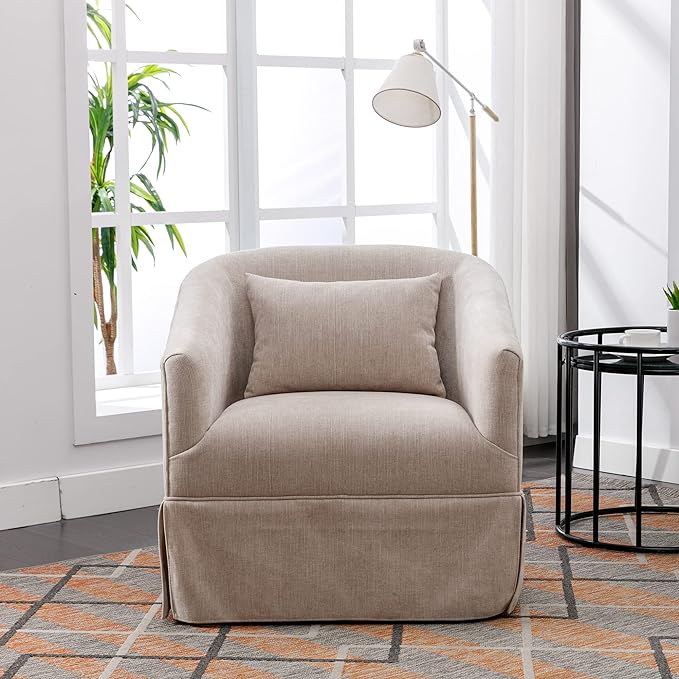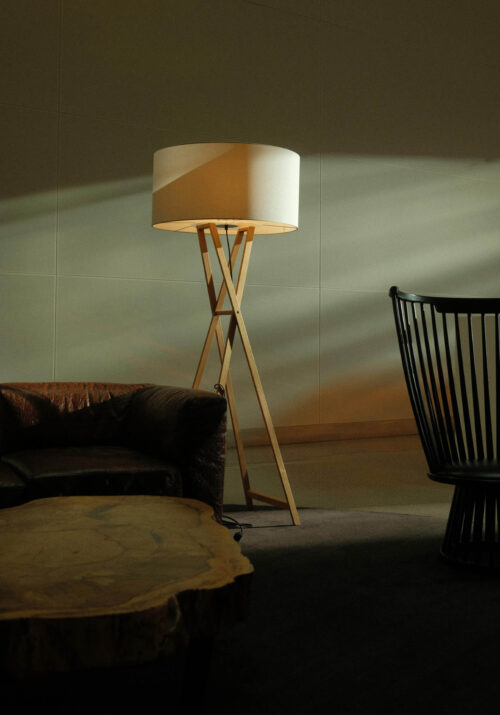Choosing the perfect color scheme for a room can transform a space from ordinary to extraordinary. The right palette not only sets the mood but also complements the room’s function and design elements. Here’s a detailed guide to help you choose a color scheme that’s both stylish and functional, including some lesser-known tips to enhance your decorating skills.

This post may contain affiliate links, meaning I could earn a small commission if you make a purchase through my link, at no extra cost to you. You can read my full disclosure here. Thank you for supporting Alagu Home!
Understanding Color Psychology
Before diving into color choices, it’s essential to understand color psychology. Colors evoke emotions and can influence the atmosphere of a room. For instance, blues and greens are calming and ideal for bedrooms, while yellows and oranges are energizing and work well in kitchens and living areas. Consider the room’s purpose and how you want to feel in that space when selecting your colors.
The 60-30-10 Rule for Balanced Color Schemes
One of the most effective ways to create a balanced and aesthetically pleasing color scheme is by using the 60-30-10 rule. This rule divides a room’s color palette into three proportions:
- 60% Dominant Color: This is the primary color of the room, covering the walls, large furniture pieces, or flooring. It’s the foundation of your color scheme and sets the overall tone.
- 30% Secondary Color: This color complements the dominant color and is typically used for upholstery, curtains, or rugs. It should create a pleasing contrast while harmonizing with the dominant color.
- 10% Accent Color: The accent color adds pops of interest and is used sparingly on accessories like cushions, artwork, or decorative objects. It brings vibrancy and can highlight specific design elements.
This rule ensures that your color scheme is well-balanced and visually appealing. For instance, if you choose a slightly warm white (60%) for your walls, a beige (30%) for your furniture, and a sage green (10%) for your throw pillows, the result will be a cohesive and dynamic space.
Choosing a Color Scheme Based on Lighting
Lighting plays a crucial role in how colors appear. Natural light can make colors look different at various times of the day, while artificial lighting can alter their appearance as well. Test paint samples on your walls and observe them in different lighting conditions before making a final decision. This approach ensures that your chosen colors will look as intended in your room’s lighting.
Considering Architectural Features
When selecting colors, consider the room’s architectural features. For example, if your room has exposed brick or wood beams, choose colors that complement these elements. A color scheme that enhances the natural textures of the room will create a cohesive and sophisticated look.
Exploring Unconventional Color Combinations
While classic color schemes like monochromatic or complementary are popular, don’t be afraid to explore unconventional combinations.
For instance, pairing a muted green with a deep burgundy can create a rich, luxurious look. Or, combining a soft gray with a bold coral can result in a modern and vibrant atmosphere. Experiment with different combinations to find what resonates with your style.
Charcoal gray paired with forest green brings a rich, sophisticated feel to a space. The deep, muted tones of charcoal and the lush green create a grounded, yet luxurious atmosphere. This color scheme is great for formal dining rooms or libraries.
Combining lavender with chocolate brown creates a unique blend of softness and richness. The light, soothing lavender contrasts beautifully with the deep, warm brown, making it ideal for bedrooms or relaxed living spaces.

Keep reading to learn more color scheme tips for your room!
Testing Colors with Sample Swatches
Always test colors with sample swatches before committing. Paint large sections of your wall with the colors you’re considering and observe how they change throughout the day. This practice will help you see how the colors interact with your furniture, decor, and lighting.
Incorporating Textures and Patterns
Colors aren’t the only way to add interest to a room. Incorporating textures and patterns can enhance your color scheme. For example, a room with a neutral color palette can benefit from textured fabrics or patterned rugs to add depth and dimension. Consider mixing materials like velvet, linen, or leather to create a layered and inviting space.
Conclusion
Choosing a color scheme for a room is a blend of art and science. By understanding color psychology, applying the 60-30-10 rule, and considering factors like lighting and architectural features, you can create a visually appealing and functional space. Don’t be afraid to experiment with unconventional color combinations and textures to make your room uniquely yours. With these tips, you’ll be well on your way to achieving a stunning and harmonious color scheme for any room in your home.















